Red leafy vegetables are an essential part of the modern diet due to their high nutritional value and health benefits. These vegetables, including red leaf lettuce, Swiss chard, and red spinach, are rich in vitamins, minerals, and antioxidants that promote general well-being. Understanding the cultivation methods and the specific nutrients these vegetables provide can help both farmers and home gardeners optimize their growing processes and maximize the nutritional benefits of their harvests.
Cultivation Methods of Red Leafy Vegetables
Cultivating red leafy vegetables involves specific steps that ensure optimal growth. These plants thrive in well-drained, fertile soil and require ample sunlight for photosynthesis. They are relatively easy to grow in most temperate climates, and understanding the essential aspects of their cultivation is key to achieving a successful harvest.



Soil Requirements and Preparation
Red leafy vegetables grow best in slightly acidic to neutral soil with a pH between 6.0 and 7.0. The soil should be rich in organic matter, and well-drained to avoid waterlogging, which can lead to root rot. Before planting, it is important to enrich the soil with compost or organic fertilizers to ensure that the plants have access to essential nutrients. A soil test can help determine nutrient deficiencies and allow for precise amendments, ensuring the plants receive the correct balance of nutrients.
Temperature and Climate
Red leafy vegetables are cool-season crops and prefer moderate temperatures, typically between 55°F and 75°F (13°C and 24°C). Excessive heat can cause bolting (the process by which the plant flowers prematurely), which leads to a bitter taste. These plants thrive in areas with mild summers and mild winters, and they can be grown in both the spring and fall. In warmer climates, red leafy vegetables can be grown in shaded areas or during cooler months to prevent excessive heat stress.
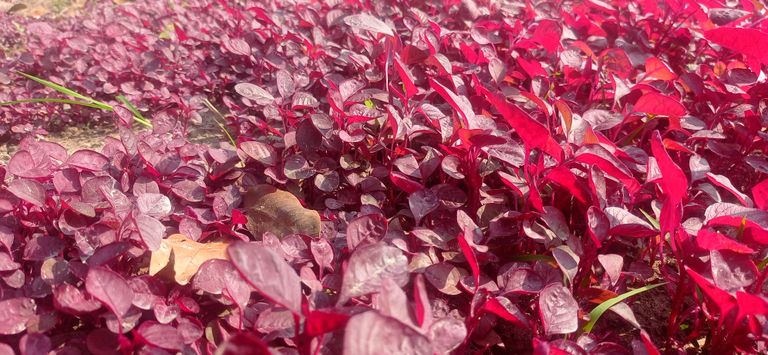

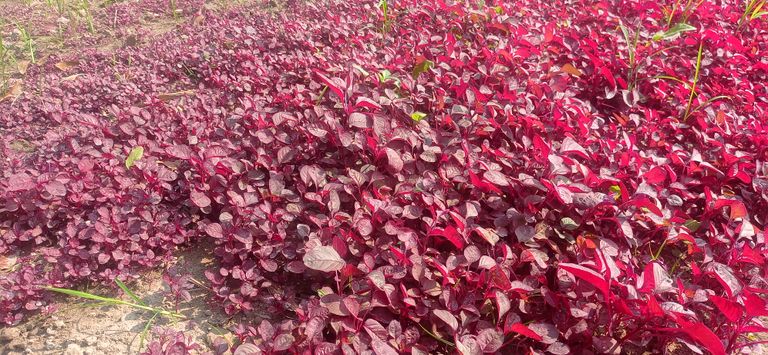
Watering and Irrigation
Consistent watering is crucial for the healthy growth of red leafy vegetables. These plants need a steady supply of moisture, but they are also sensitive to waterlogging. Drip irrigation systems or soaker hoses are ideal for providing moisture directly to the soil without wetting the foliage, thus reducing the risk of fungal diseases. It is important to maintain consistent soil moisture, especially during dry spells, but growers should avoid overwatering, which can lead to root rot.
Planting and Spacing
Red leafy vegetables are typically grown from seeds or seedlings, depending on the grower’s preference. If planting seeds directly, sow them about 1/4 inch deep in rows spaced about 12 to 18 inches apart. For seedlings, ensure proper spacing of at least 6 to 12 inches to allow the plants to mature without overcrowding. Crowding can lead to poor air circulation and an increased likelihood of disease. It is also important to thin out plants once they have germinated to ensure that each plant has enough space to grow.

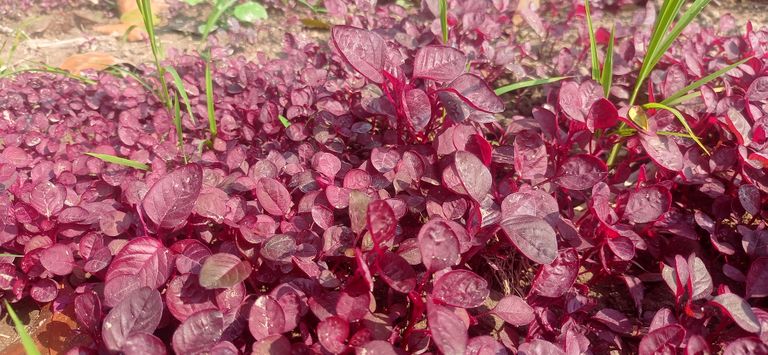

Pest and Disease Management
Like most leafy greens, red leafy vegetables are susceptible to a range of pests and diseases, including aphids, caterpillars, and fungal infections like powdery mildew. Integrated pest management (IPM) techniques, such as introducing natural predators, using organic insecticides, and practicing crop rotation, can help minimize the impact of pests and diseases. Regular inspection of the plants can help catch issues early, allowing for timely intervention.
Nutritional Value of Red Leafy Vegetables
Red leafy vegetables are packed with essential nutrients that are beneficial for overall health. Their vibrant color is a reflection of the high levels of antioxidants, such as anthocyanins, which provide various health benefits, including reducing the risk of chronic diseases.
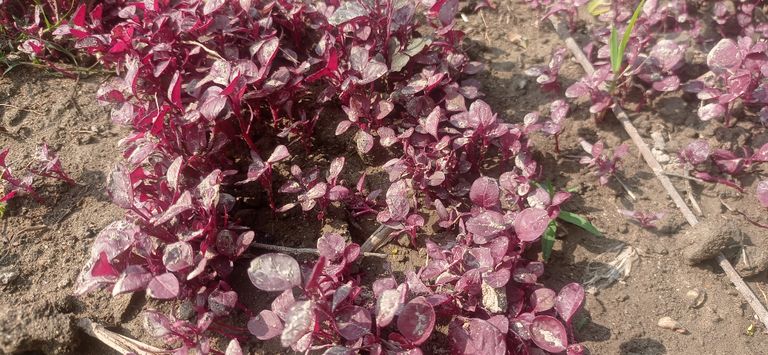
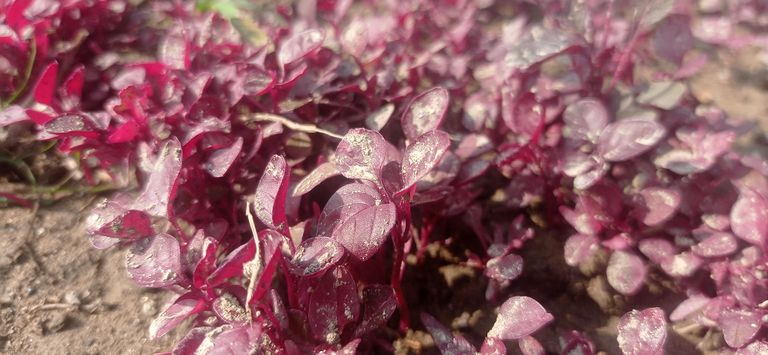
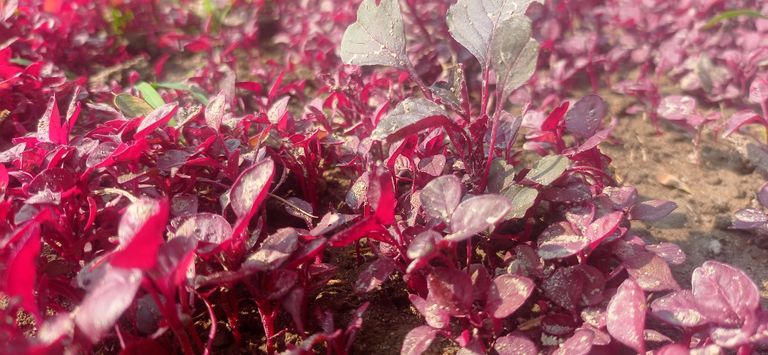
Vitamins and Minerals
Red leafy vegetables are rich in vitamins A, C, and K, all of which play important roles in maintaining a healthy body. Vitamin A, present in the form of beta-carotene, supports vision, skin health, and immune function. Vitamin C is a powerful antioxidant that aids in collagen production, supports the immune system, and enhances iron absorption from plant-based foods. Vitamin K is essential for proper blood clotting and bone health.
Folate and B Vitamins
These vegetables are also excellent sources of folate (vitamin B9), which is crucial for cell division and the formation of red blood cells. Folate is particularly important during pregnancy to prevent neural tube defects. Red leafy vegetables also contain other B vitamins like B6, which help in energy production and maintaining brain health.
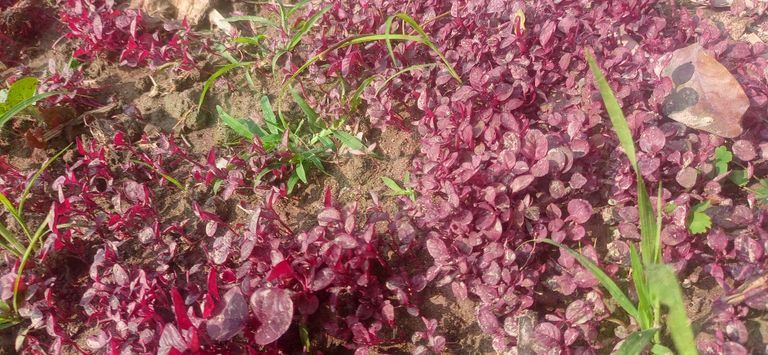
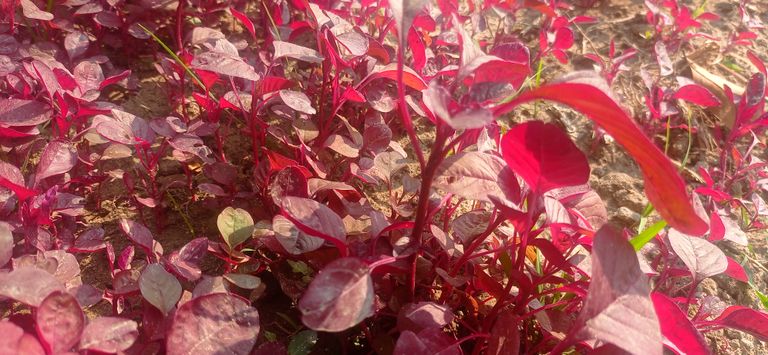
Minerals like iron, calcium, magnesium, and potassium are abundant in red leafy vegetables. Iron is critical for the production of hemoglobin and the transport of oxygen in the blood. Calcium and magnesium are vital for bone health and muscle function. Potassium helps regulate fluid balance and maintain proper heart and muscle function.
Antioxidants
One of the key benefits of red leafy vegetables is their high antioxidant content. Anthocyanins, the compounds responsible for the red-purple coloration, have anti-inflammatory properties and may help reduce the risk of heart disease and certain cancers. These vegetables also contain flavonoids and carotenoids, which support the body's defense against oxidative stress.
Red leafy vegetables are not only easy to cultivate but also offer a wealth of nutritional benefits. With proper care, including attention to soil, watering, and pest management, gardeners can enjoy a healthy, abundant harvest of these colorful and nutrient-rich plants. Incorporating red leafy vegetables into the diet can provide essential vitamins, minerals, and antioxidants that support overall health and help protect against chronic diseases. Thus, both the cultivation methods and the health benefits make red leafy vegetables a valuable addition to any garden or plate.
So far Today...
Stay Home
Thanks for Your Time Friend.
♥♥♥♥♥♥
Ok
See you Again in a New blog.
Thanks for being with me.
Plese Follow Me......
@mspbro
★★To contact me★★
Subscribe My 3speak Channel https://3speak.online/user/mspbro
Follow me Twitter https://twitter.com/mdsumonpra
Add me Facebook https://www.facebook.com/sumon.mim84